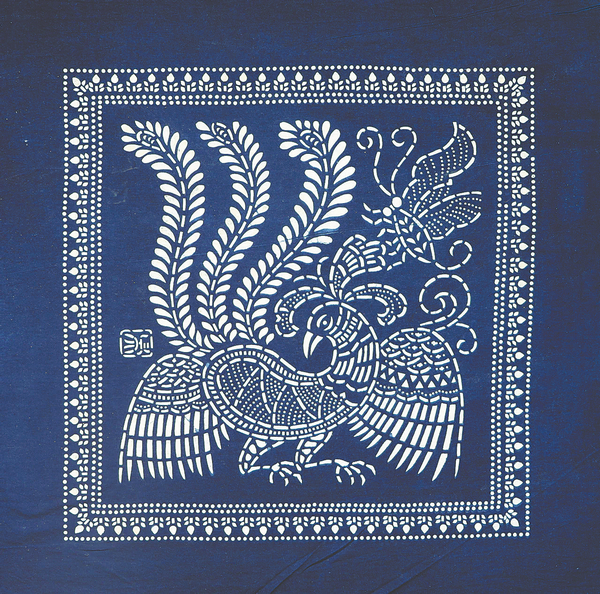

Profiling Xinjiang
It is not uncommon to find people posting about their journeys to different parts of the Xinjiang Uygur autonomous region these days on social media platforms. A year-round destination for tourism and adventure, for many people, Xinjiang is a must-visit place. Painting Xinjiang, an ongoing exhibition at the Art Museum of the Central Academy of Fine Arts, shines a spotlight on depictions of Xinjiang by different generations of 20th century Chinese artists. The exhibition categorizes the rediscovery of the region by modern artists into four periods, the first during the 1930s and '40s, when the western areas of the country became a wartime refuge for people from elsewhere. Artists were astonished by the history and heritage they found, as well as the dynamism of ethnic cultures, which inspired them to create new styles. This generation of artists laid a foundation for their successors to seek motivation in the history, culture and art of Xinjiang. Their findings are presented through a diverse array of forms, with the perspective of Xinjiang shifting from landscapes and cultural heritage, to individual experience. The exhibition runs until Aug 20.
9:30 am-5:30 pm, closed on Mondays. 8 Huajiadi Nanjie, Chaoyang district, Beijing. 010-6477-1575.

Painterly life
Ding Tianque was part of the second generation of students to be trained at the China Academy of Art after it was founded in 1928. Together with peers like Wu Guanzhong and Zao Wou-ki, Ding followed in the footsteps of first-generation Chinese artists living and working in Europe, who introduced them to a broader and deeper perspective of art, through the dramatic landscapes of the 20th century. Painting Fragments, a retrospective of Ding's life and work, examines the efforts of an artist and educator to live up to his dream of art, as well as the changes to the cultural scene in the second half of the 20th century. It is a celebration of the close relations between the students and the teachers of his time, as a result of which the cultural traditions, new aesthetics and passion for art were passed onto the next generation. This intimate link is not only presented in Ding's works, but also in his letters, diaries and other manuscripts, which are all on display at the Chinese Academy of Oil Painting until Aug 26. The show is not just the profile of one individual with a firm belief in art, but a presentation of the collective image of his time.
9 am-5 pm, closed on Mondays. 1704 Gaobeidian Cultural and Art New Street, Chaoyang district, Beijing.

Blue and white
The use of blue and white is not only reflected in the majesty of cobalt-blue qinghua porcelain, but also in the dynamism of daily life through pieces of hand-dyed cloth, like printed calico. Originating along the lower reaches of the Yangtze River in the 12th and 13th centuries, blue calico was once an essential part of everyday life. The techniques used to make it, as well as its rich patterns, reflected the booming economy, handicrafting and aesthetics of places like Nantong, Jiangsu province. It is this tradition that captured the heart of Wu Yuanxin, and inspired him to become an inheritor of the blue calico technique, and founder of a museum dedicated to the craft in his home in Nantong. Now, Wu has placed his collection of vintage calico cloth and his own creative attempts to revive the tradition on display in an exhibition at the Chinese Traditional Culture Museum, Transcendence, which runs until Sept 10.
9 am-5 pm, closed on Mondays. 16 Hujing Donglu, Chaoyang district, Beijing. 010-8799-1766.